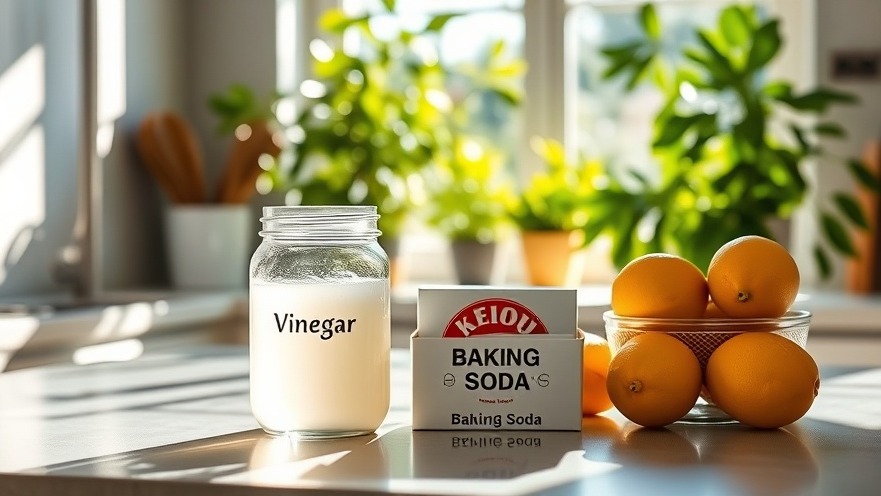
Exploring the Shift Away from Bleach
For decades, bleach has served as a staple in households for its disinfection and whitening properties. However, growing awareness of its potential health risks and environmental effects has driven many toward natural cleaning solutions. This shift marks a pivotal change in how we view home cleanliness; it's not merely about achieving a certain aesthetic, but also about safeguarding our health and that of our planet.
Identifying Natural Bleach Alternatives
Among the plethora of natural solutions available, several stand out for their efficiency and safety. For example, hydrogen peroxide offers a powerful disinfecting option without the harshness associated with bleach. Similarly, vinegar, a staple in many households, has natural antimicrobial properties, making it a great kitchen cleaner.
Here are some of the most effective bleach alternatives:
Hydrogen Peroxide: This compound breaks down to water and oxygen, leaving no toxic residue.
Vinegar: Known for its anti-bacterial properties, it's excellent for cutting through grime.
Baking Soda: When combined with vinegar, it creates a potent cleaning reaction that can tackle stubborn stains.
Lemon Juice: The natural acidity acts as a bleach alternative while leaving a refreshing scent.
Tea Tree Oil: A natural disinfectant that’s effective against mold and bacteria.
The Health Risks of Bleach
Bleach, particularly when mixed with other household cleaners, can generate harmful gases that contribute to respiratory issues. According to the CDC, excess exposure can cause irritation to the skin, eyes, and respiratory tract. For households with children or pets, the risks escalate; accidental ingestion of bleach is a danger that can lead to severe health repercussions. By understanding these risks, consumers can make informed choices that prioritize their family's safety.
Reevaluating Cleaning Practices
Adopting natural solutions doesn’t mean compromising on cleanliness. In fact, many natural alternatives effectively eliminate germs and odors without the toxic aftermath. As we strive for a balance in our homes, transitioning away from harsh chemicals toward natural solutions underscores a commitment to both health and sustainability.
Environmental Impact of Bleach
The production and disposal of traditional bleach contribute to significant environmental pollution. The ingredients used in bleach can damage aquatic ecosystems once they enter waterways. By choosing natural cleaning options, households can lessen their ecological footprint while ensuring their homes remain clean and safe.
Action Steps for a Safer Home
To fully transition towards a non-toxic home, consider implementing the following steps:
Begin by gradually replacing bleach-based cleaners with natural alternatives in your cleaning routine.
Educate family members about the importance of using non-toxic cleaning supplies.
Experiment with DIY cleaning recipes to ensure cost-effectiveness while embracing natural solutions.
As homes become environments focused on health, embracing natural solutions ensures that everyone can contribute to a safer space.
Conclusion: Join the Movement for a Non-Toxic Home
In a world increasingly mobilized by health awareness, aligning your cleaning practices with natural solutions is not just a trend—it’s a necessary shift for safety and sustainability. Explore these alternatives and consider how you can further your efforts towards creating a healthier, non-toxic home.
Interested in fostering a healthier lifestyle? Dive deeper into the benefits of natural cleaning solutions today.
 Add Row
Add Row  Add
Add 




 Add Row
Add Row  Add
Add 

Write A Comment